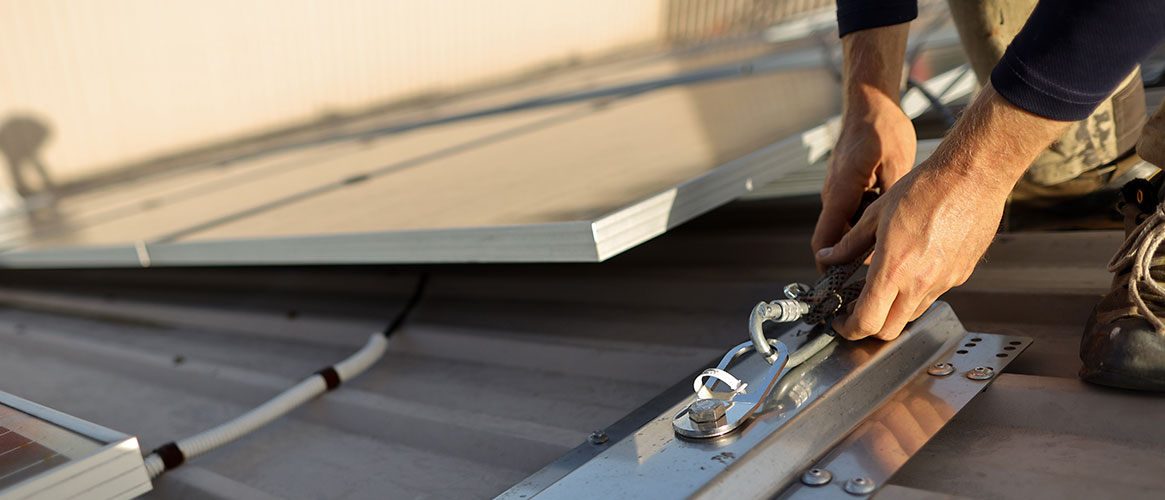When using personal fall protection equipment, the anchor point is the most important part of the system. Install it wrong and someone could suffer severe injury or death. Install it right and you may prevent those same catastrophic injuries. The anchor point is like the brakes of your car—it stops you before you get hurt. It’s also the most overlooked part of a fall protection system.
What your employees need to know about anchor points
Too often employees use the wrong size or number of fasteners. Fasteners must meet at least the manufacturer’s smallest length and diameter requirements. It’s best not to use spare nails or screws found at the worksite to fasten anchors, as these may not meet the manufacturer’s specifications.
Determining the number of fasteners needed for each anchor is critical. Consult the manufacturer’s recommendations and remember that different mounting locations dictate the number of fasteners needed.
Other important information your employees need to know includes:
- An anchor point should always be installed above the location where the employees will be working.
- Only one employee should be connected to each anchor, unless the anchor is designed specifically for more than one person.
- Overloading an anchor can cause it to fail, which can lead to severe injury or death.
What your employees need to do when working with anchor points
An experienced employee—ideally one who meets the description of a qualified person— should install the anchor points before exposing other workers to the fall hazard work area. Wearing personal fall protection equipment, this employee:
- Installs the first anchor
- Connects to that anchor
- Installs the additional anchors
- Connects lines to the additional anchors
- Brings the lines over to the ladder
As other employees climb up to the elevated work area, they should connect to the anchored lines before getting off the ladder.
Consider installing more anchor points than the number of employees so that employees can connect to an anchor that is closer to their work area. The further an employee is from the anchor point, the less effective the personal fall protection system.
Inspect anchor points and fall protection equipment before each use. Defective parts must be identified, taken out of service, and never be used unless repaired according to the manufacturer’s requirements.
What to cover at your safety meeting about anchor points
Demonstrate how an anchor works and review the manufacturer’s instructions with your employees. This includes:
- How to inspect the anchor point for wear, damage, or other deterioration.
- How to determine when not to use an anchor and take it out of service.
- How to determine where and how many anchor points to install before work begins.
- How to determine if fasteners meet the manufacturer’s size and length requirements.
- How to determine the number of fasteners needed based on the manufacturer’s requirements. For example: Is the anchor installed in a solid beam or plywood?
- How connecting more than one person to an anchor is dangerous, unless that anchor is designed for multiple people.
Stress the importance of anchor points for personal fall protection. Keep a supply of correct fasteners, for anchors only, to prevent using the wrong fasteners. Always encourage employees to ask questions during safety meetings. Involved employees will increase a company’s safety culture.

